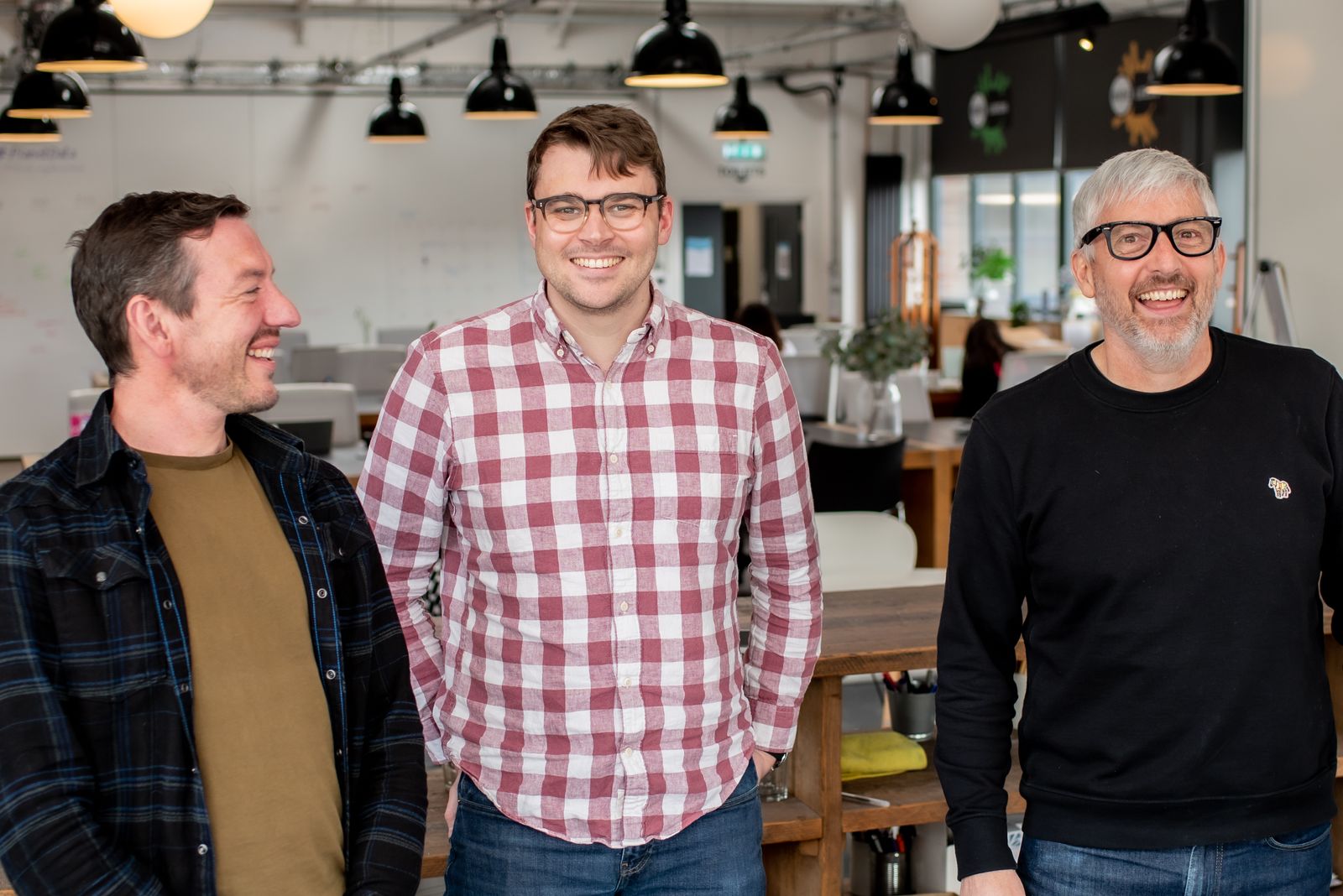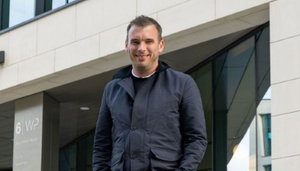Whilst well-known US firms like SpaceX and Blue Origin have taken the headlines recently, the UK space industry has also seen growth in its space technology sector, from new launch sites, to improved satellites, to developing manufacturing facilities in space. This growth has seen increased funding into the sector as it gains attention. From venture capital to government grants, finance coming into the sector has created many new startups and allowed existing firms to develop new products and markets.
However, in common with many industry sectors, it can be difficult to map how many firms there are in the space sector and where they are located. This is because industry and government bodies are still using a decades-old way of counting firms, called Standard Industrial Classification (SIC) codes.
First introduced in 1948, SIC codes are a crude way of fitting firms into broad categories, which don’t reflect the complexities of modern economies. Over a third of firms choose the category of ‘Other’ when setting up their business, which makes it hard for local and national governments, policy makers and industry bodies to accurately assess and support different industries.
The Leeds-based data consultancy, The Data City, has been working on this problem for over three years. Using a combination of machine learning and ‘expert in the loop’ training, their Real-Time Industrial Classifications (RTICs) classify companies according to how they describe themselves on their websites. This criteria is independent of SICs and allows for a flexible and purpose-oriented approach to industrial data acquisition.
The Satellite Applications Catapult (the Catapult) is one of a network of nine UK technology and innovation companies which aim to drive economic growth through the commercialisation of research. Their aim is to support UK industry by accelerating the growth of the space sector in the UK and to contribute to capturing a 10% share of the global space market by 2030. However, with the continued growth of the sector and the inaccuracies of SIC codes there is no one perfect methodology to identify how many organisations there are in the UK satellite and space sector and the specialities they have. As such, the Catapult developed a partnership with The Data City to comprehensively map the sector.
Alex Craven, CEO of The Data City, said: “Some say that data is the new oil, but in this case it’s the new rocket fuel. The Satellite Applications Catapult will be using our codes to more completely track the entirety of the UK’s space industry and show that it’s on a high trajectory for growth. Using our Real-Time Industrial Classification data, the Catapult can now keep pace with the rapid innovation in this increasingly important industry.
We’ve mapped over 200 industry sectors, and by listening to how companies describe themselves, we can accurately map each one on a real-time basis.”
Patrick Stewart, International Business Analyst at the Satellite Applications Catapult, commented: “We’ve worked within the satellite and space sector for many years and we know that there are many organisations working in the sector which may have been potentially missed in sector analysis. When using SIC codes, many organisations were choosing one industry classification when they started, yet they may have developed into the space sector over time, making SIC codes outdated. This sometimes means that organisations fly under the radar, simply because there is not an accurate industry classifier that is simple to use. Since working with The Data City on developing the real-time classifications, we have been able to better map the UK space ecosystem.
This means we can continue to identify new organisations and capability to develop our work at the heart of the UK space sector, driving the up-take of space enabled technologies and applications.”






